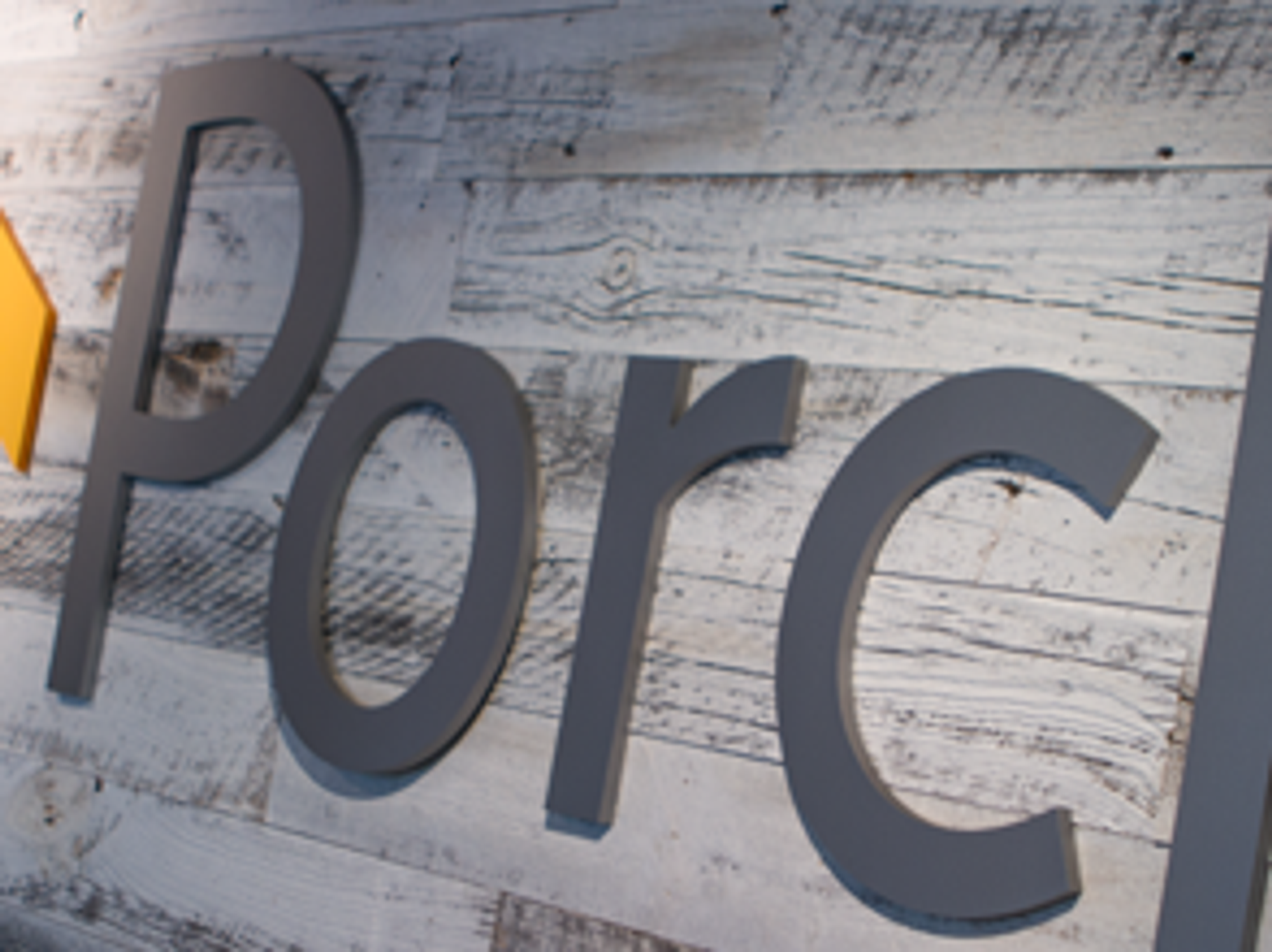L.A. Startup Kandela is Suing its New Owner, Alleging Fraud

Home improvement startup Porch acquired moving concierge startup Kandela in April 2019, describing it as a strong complement to its existing slate of services. But a little more than a year later, Kandela is suing its new Seattle-based owner, alleging that Porch purposefully sought to reduce the long-term payout under the deal.
Kandela filed the lawsuit in Los Angeles County Superior Court on Monday, accusing Porch of fraud and breach of contract. The company alleges that Porch and its CEO Matt Ehrlichman "have engaged in a stunning and systematic pattern of fraud designed to prevent Kandela from achieving any earnout" for hitting certain milestones, to according to the complaint.
The Los Angeles-based startup is seeking $11.5 million plus punitive damages.
Here's a statement from Ehrlichman, shared with GeekWire via email:
"Porch acquired Kandela and the acquisition included an earnout. Unfortunately, when selling its business, Kandela oversold their ability to hit its own objectives. We strongly dispute all claims related to this lawsuit and we will defend ourselves vigorously. Porch as a company has grown rapidly and we will continue to work in partnership with utilities and other partners across the country to help make the homeownership experience better and we are excited about what is ahead."
Porch helps match home service professionals with homeowners for improvement projects. Founded in 2012, Kandela aimed to simplify the moving experience by setting up installation of home services like TV, internet and security systems. It employed 100 people when Porch acquired the company.
"Kandela's mission closely aligns with Porch's — to make tasks related to the home easier, faster, and simpler," Ehrlichman said in a statement after the acquisition in April 2019. "Kandela's suite of services are a natural extension of the work Porch is already undertaking."
The all-stock acquisition was valued at approximately $11.5 million, according to the complaint, which notes that Kandela would "earnout" more than $6 million by achieving certain revenue and profitability milestones.
But Kandela alleges that Porch was "hell-bent on ensuring that Kandela did not achieve any earnout" by withholding resources from Kandela, refusing to sell Porch products and services to Kandela customers, and instructing Kandela to "sell products and services that did not exist."
"Porch and Ehrlichman's misconduct was designed to suppress Kandela's business so that Kandela could not achieve any of the earnout targets set forth in the parties' agreement," the lawsuit reads.
This is the latest chapter in a tumultuous startup journey for Porch and Ehrlichman.
The high-profile Seattle startup grew rapidly and raised $100 million less than two years after it came out of stealth mode in 2013, inking partnerships with Lowe's, Facebook, and others.
But just months later, Porch reduced its headcount from 500 to 250 as the company was forced to repair the business. Porch emerged from a two-year quiet period in April 2018, and said it had resumed growth.
Porch originally made money by matching homeowners with home services professionals. It has since evolved into a "vertical software-as-a-service company" that sells CRM products to moving companies, large utility providers, home inspectors, and more, helping their customers with maintenance projects and moves. Porch says its software platform grew revenue by 10X between 2017 and 2019.
Porch raised more than $20 million as part of a Series C round in January of this year. It was the first equity round for Porch since the company landed a $65 million investment in 2015. The company's investors include Battery Ventures, Capricorn Investment Group, Founders Fund, Valor Equity Partners, Lowe's, Black River Ventures, Moderne Ventures, HVAC distributor Watsco, and others.
This story first appeared on GeekWire.




 Image Source: Tinder
Image Source: Tinder Image Source: Apple
Image Source: Apple